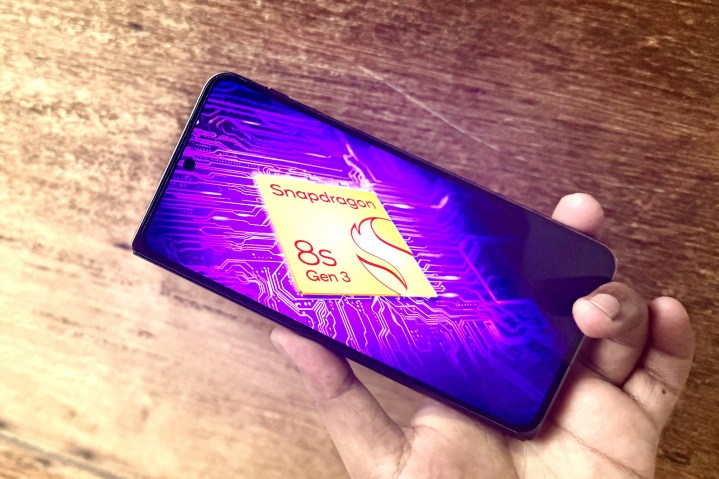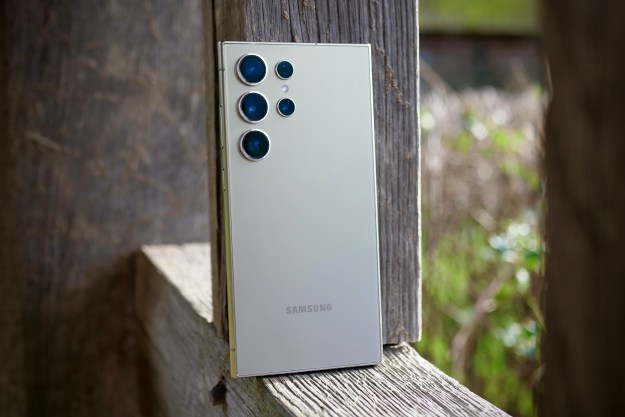
Qualcomm is adding a new top-tier mobile chipset to its portfolio — one that takes the best bits of its flagship Snapdragon 8 Gen 3 silicon, makes some concessions, and serves it all up in a more affordable package. The result of those efforts is the Snapdragon 8s Gen 3, which is slated to appear inside phones from Xiaomi and Honor in the coming month.
Qualcomm is once again pushing generative AI capabilities for its latest silicon, touting features like image expansion, support for AI models from the likes of Meta to create an intelligent on-device assistant, and readiness for Google’s Gemini Nano model. So far, these things have remained exclusive to Google’s Pixel and Samsung flagships, but it appears that the Snapdragon 8s Gen 3 will finally bring them to a larger audience.
It will support multimodal AI models, like OpenAI’s GPT-4, with an on-device approach. Other notable niceties include text-to-image generation, HDR gaming on smartphones, Wi-Fi 7 connectivity, and low-latency CD-quality Bluetooth streaming.

Based on the 4nm process, the latest from Qualcomm is not exactly a new strategy, but certainly a welcome one. The company has delivered similar products over the past few years as well, bringing flagship chops to phones at a lower asking price. On the surface, the Snapdragon 8s Gen 3 is a fairly powerful package on its own, but there are a handful of crucial differences.
The Snapdragon 8s Gen 3 embraces Arm’s latest Cortex-X4 cores, but goes with a less powerful 1+4+3 core distribution. Its more powerful sibling packs in faster higher -erformance cores in the following format:
| Qualcomm Snapdragon 8s Gen 3 | Qualcomm Snapdragon 8 Gen 3 |
| 1x prime core at 3.0 GHz | 1x prime core at 3.4 GHz |
| 4x performance cores at 2.8 GHz | 5x performance cores at 3.2 GHz |
| 3x efficiency cores at 2.0 GHz | 2x efficiency cores at 2.3 GHz |
The Snapdragon 8s Gen 3 offers support for up to 24GB of LP-DDR5x RAM, but of the slower 4200MHz variety, instead of the 4800 MHz RAM modules that its more powerful sibling can handle. Qualcomm is also using the X70 5G modem on its latest silicon, offering it a peak downlink speed of 5Gbps, half that of the X75 modem served with the Snapdragon 8 Gen 3 phones.
Imaging capabilities are shared across the two, thanks to the triple 18-bit ISP that enables features such as 4K HDR capture at up to 60 frames per second (fps) and 200-megapixel photos. However, some of the flagship, features such as 8K
Another notable difference is the absence of Truepic photo verification with a Coalition for Content Provenance and Authenticity (C2PA) certification. In a nutshell, it’s a tech developed by Truepic that saves original image data and authenticates its originality, which is quite important in the age of hyperrealistic generative AI content. Truepic’s tech is built atop the C2PA standard that has backing from Google, Microsoft, and Adobe, among others.

Gaming enthusiasts will be glad to know that the Snapdragon 8s Gen 3 supports hardware-accelerated ray tracing. However, unlike its flagship variant, this one doesn’t support Global Illumination offered by Unreal Engine 5. Global illumination is a more advanced form of ray tracing that takes into account indirect light paths, providing a more realistic visual landscape in games.
It’s an exciting development, especially because competitive brands like iQoo, Realme, Honor, and Xiaomi are developing phones based on Qualcomm’s Snapdragon 8s Gen 3 silicon. I won’t call it a sub-flagship, but the pricing strategy of the upcoming slate of phones will certainly make flagships sound less exciting.
Editors' Recommendations
- This Google Pixel 8a leak just spoiled everything about the phone
- Qualcomm’s newest chip will supercharge budget Android phones
- I performed an intense gaming test with the OnePlus 12. Here’s what happened
- Is this cheap Android phone better than the Galaxy S24? I found out
- Qualcomm wants to add these crazy AI tools to your Android phone




